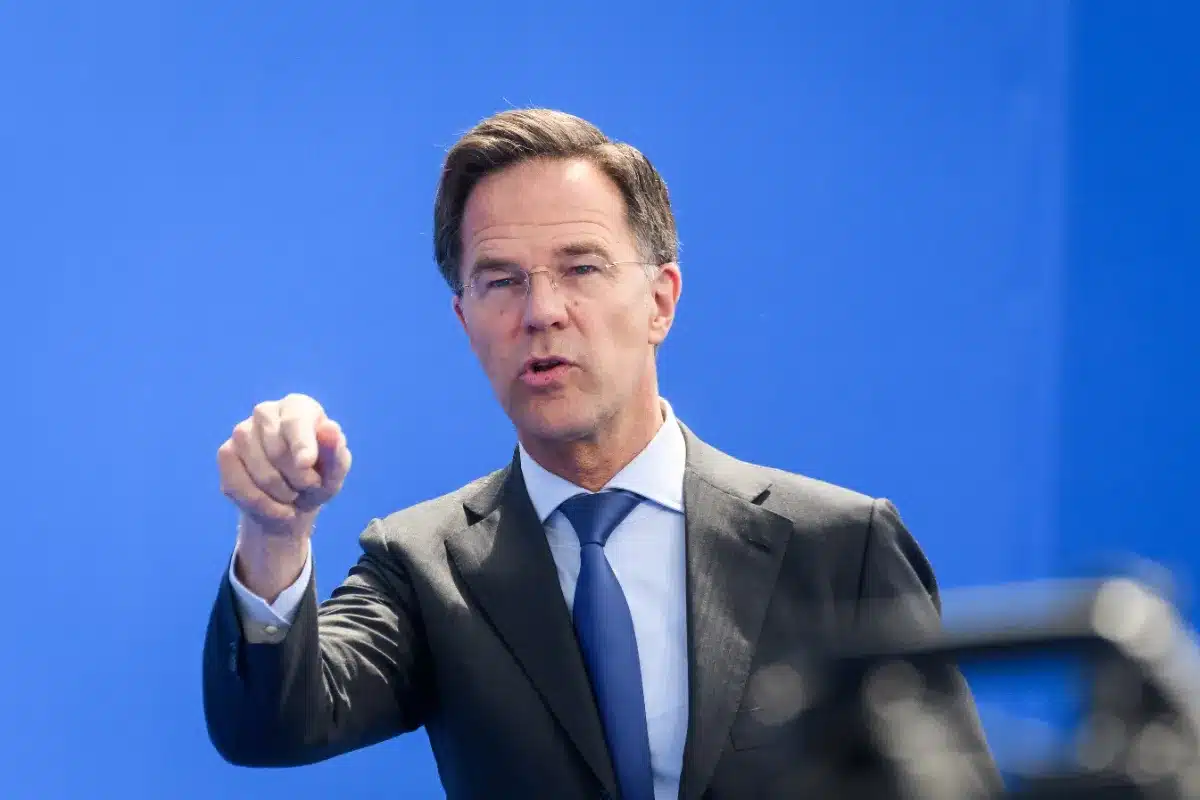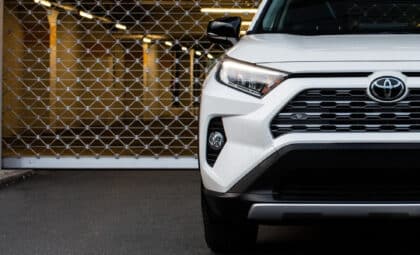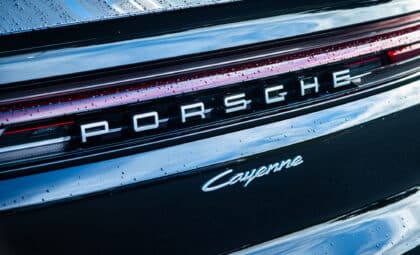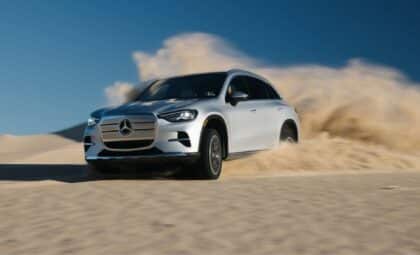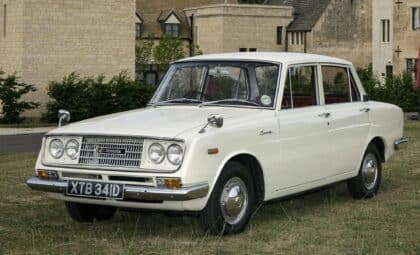The auto industry is at a turning point as Europe races toward an ambitious goal: stopping new combustion engine car sales by 2035 with the EU’s bold ban. The EU kicked off this plan to fight climate change, but it’s stirring up plenty of debate among industry bigwigs. In an interview with Germany’s Handelsblatt on August 11, 2025, Ola Källenius, the CEO of Mercedes-Benz and head of the European Automobile Manufacturers Association (ACEA), raised some serious concerns about the deadline. His comments have only heated up the conversation about how transportation will look across Europe.
Industry leaders voice concerns
Ola Källenius warned that Europe might be “speeding toward a wall” if it keeps moving full steam ahead with the ban on combustion engines. He worries that this dramatic step could shake up the market as buyers scramble to grab traditional cars before they’re gone from showrooms. He’s pushing for what he calls “technologically neutral decarbonization” (a plan that doesn’t pick just one tech but supports a mix), suggesting that along with electric vehicles, we should consider tax incentives and affordable charging costs to help make the change smooth without throwing the economy off balance.
On the flip side, Oliver Zipse, CEO of BMW, shares similar doubts about an all-electric future. He argues that putting all your eggs in one basket is a risky move for the industry. Zipse points to alternatives like hydrogen, synthetic fuels, and hybrid systems, arguing that these options deserve a fair shake in the effort to cut emissions while keeping the industry robust.
The broader effect on Europe’s economy
The viewpoints from Källenius and Zipse highlight a growing pushback among European auto leaders against shifting entirely to electric vehicles. They’re worried about staying competitive, especially with fast-moving markets like China, which is advancing quickly in electric car production. They’re also concerned about the industrial and social hurdles that might come with such a sweeping policy shift.
Zipse makes another noteworthy point: there are over 250 million vehicles on Europe’s roads right now. He suggests that renewable fuels could start lowering emissions from this huge fleet immediately—if we had clear regulations and the right level of investment. This idea shows that current technologies shouldn’t be ignored while we work toward cutting down emissions.
Technological diversity as a way forward
Both Källenius and Zipse believe that betting solely on electric vehicles isn’t the answer. Instead, they argue that a mix of technological solutions will better help Europe meet its green targets without messing up economic stability or stifling innovation. They point out that tax incentives might help make electric vehicles more appealing while supporting research into other energy sources.
As these debates continue, it’s clear that Europe’s route to greener transport isn’t a one-way street. The discussion led by figures like Källenius and Zipse reminds us that balancing eco-choices with economic sense is a real challenge.
Europe’s bold 2035 plan is still sparking discussions among automotive insiders who stress the need for flexibility and new ideas when dealing with these issues. As lawmakers sort through their options, it’s vital for everyone—from manufacturers to everyday drivers—to weigh in and help shape solutions that work for both the environment and the economy. The conversation around Europe’s auto future really makes you think about how best to steer through this major change so that progress benefits everyone involved.

